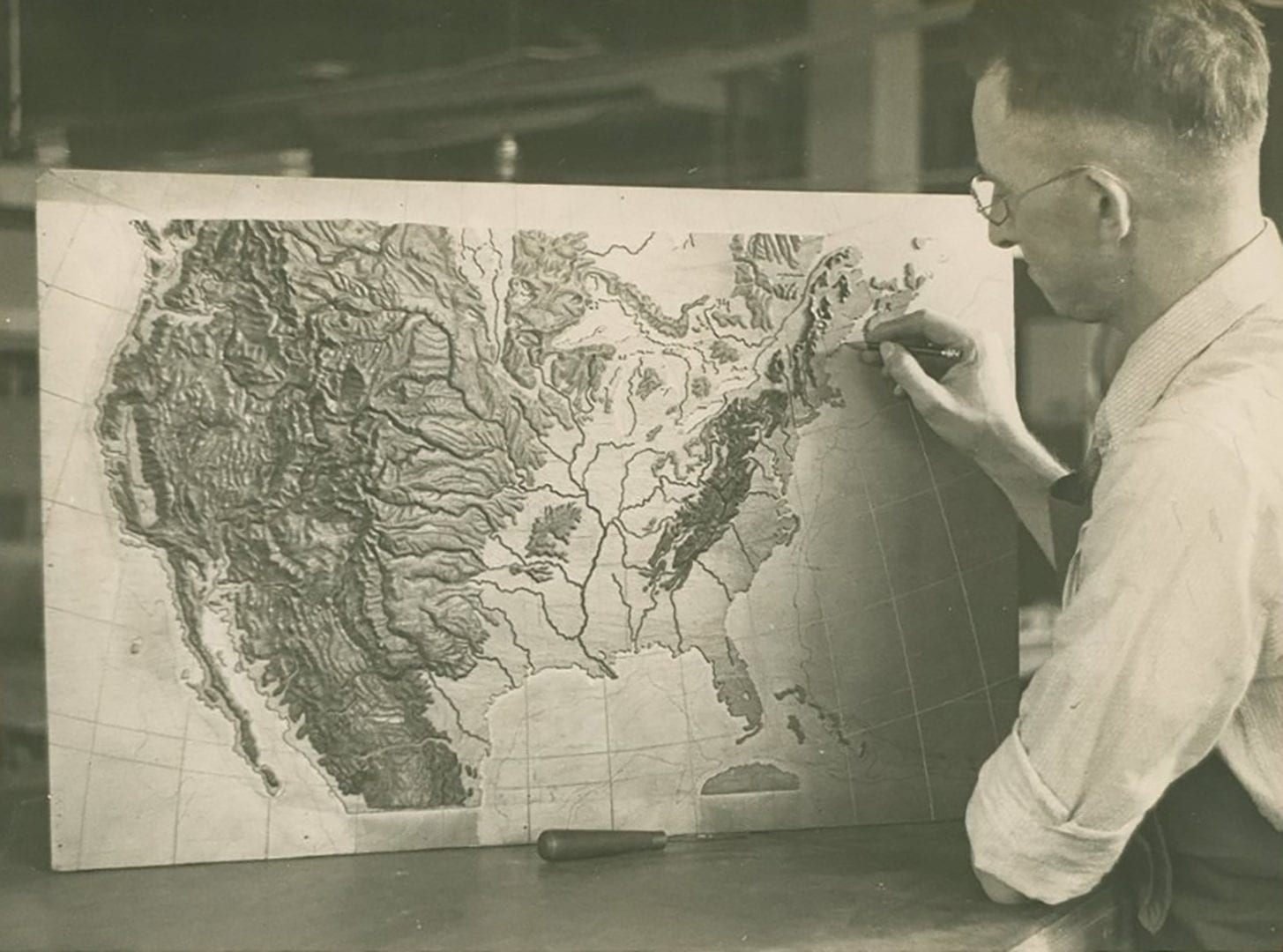To ensure your items arrive in time for the holidays, please place all orders using Free Matter shipping by Saturday, November 29 or by 12pm on Thursday, December 18 for UPS or USPS Priority shipping. School orders will be held after Monday, December 15 through the end of the year.
CloseMore than 160 years of life-changing innovations.

About APH
Since 1858, The American Printing House for the Blind has operated in Louisville, Kentucky as the world’s largest nonprofit organization creating accessible learning experiences through educational, workplace, and independent living products and services for people who are blind and low vision.
There’s no other place like it. Creating things that make a real difference in people’s lives is what we do. Please take a moment or two to watch our video.
The APH Mission
The American Printing House for the Blind elevates the achievements of students and people who are blind or low vision by providing braille products, materials, support services, and specialized technology. We develop innovative solutions that create a gateway to lifelong successful employment, productivity, and independence, ensuring access to opportunities in a competitive digital world.
Board of Trustees
Meet the dedicated people who help guide us on our mission.
A Message from Our President.
“The Helen Keller desk represents the fierce belief in human potential, and the miracles that happen when we use our collective ingenuity to release that potential into the world. Believing and working for a world that welcomes everyone isn’t just a platitude, it is the key that unlocks innovation, prosperity, and happiness for all.”

